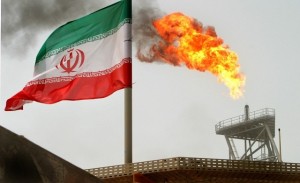Iran’s national CERT has warned of a new type of data-wiping malware that bears some of the hallmarks of a cyberattack that severely disrupted the country’s oil industry earlier this year.
The exact nature of the latest attack is hard to gauge from the brief description offered by the Maher Computer Emergency Response Team.
The agency’s report describes a piece of malware that is not as sophisticated as April’s example – the latter analysed by one security vendor as having a connection to anti-Iranian cyber warfare – and not widely distributed.
Nevertheless, the agency went on to describe it as a “targeted” (i.e. at Iran) attack. “Despite its simplicity in design, the malware is efficient and can wipe disk partitions and user profile directories without being recognised by anti-virus software,” reads Maher’s report.
A number of malware components are then listed which offer little clue as to its origins.
Sophisticated or not, malware attacks that appear on Iranian radar for long enough to be reported are rarely a coincidence.
Only weeks ago, Symantec reported on a new piece of malware, W32.Narilam, that appeared to be targeting SQL databases in the country in a year that has revealed a number of mysterious cyber-campaigns.
Kaspersky Lab now detects this attack as Trojan.Win32.Maya.a., describing it as a simplistic attack based on running destructive batch files.






